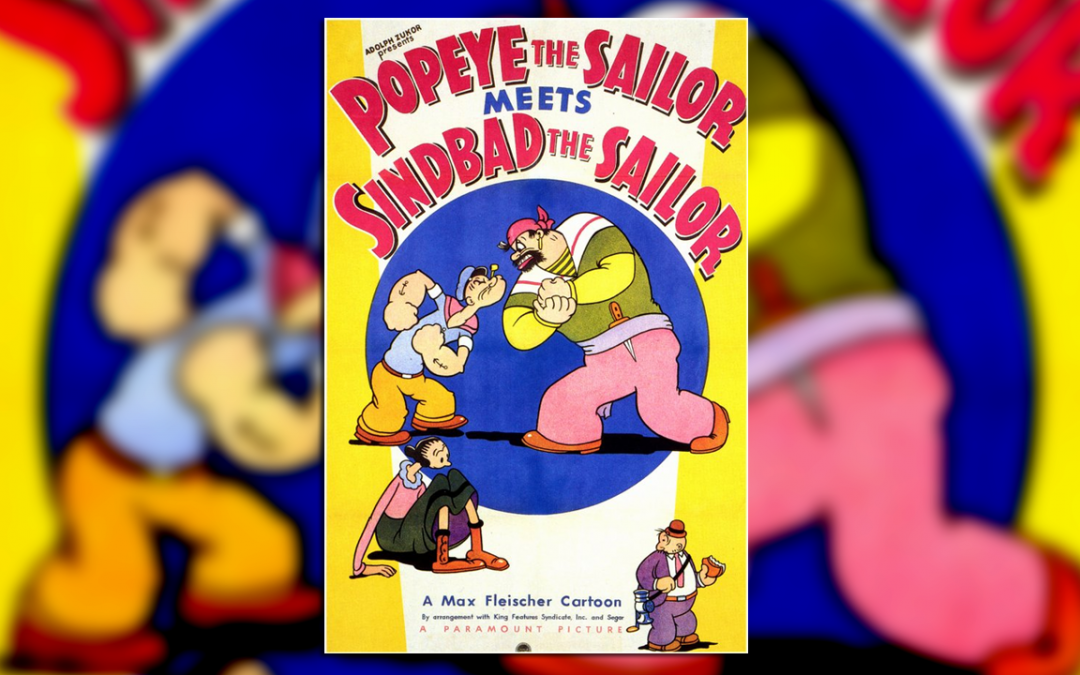
Reefer Madness 1938
Reefer Madness 1938
Reefer Madness (originally made as Tell Your Children and sometimes titled The Burning Question, Dope Addict, Doped Youth, and Love Madness) is a 1936 American exploitation film about drugs, revolving around the melodramatic events that ensue when high school students are lured by pushers to try marijuana
Upon trying it, they become addicted, eventually leading them to become involved in various crimes such as a hit and run accident, manslaughter, murder, conspiracy to murder and attempted rape. While all this is happening, they suffer hallucinations, descend into insanity, associate with organized crime and (in one character’s case) commit suicide. The film was directed by Louis J. Gasnier and featured a cast of mainly little-known actors.
Originally financed by a church group under the title Tell Your Children, the film was intended to be shown to parents as a morality tale attempting to teach them about the dangers of cannabis use.Soon after the film was shot, it was purchased by producer Dwain Esper, who re-cut the film for distribution on the exploitation film circuit, exploiting vulgar interest while escaping censorship under the guise of moral guidance, beginning in 1938–1939 through the 1940s and 1950s.
The film was “rediscovered” in the early 1970s and gained new life as an unintentional satire among advocates of cannabis policy reform. Critics have called it one of the worst films ever made and has gained a cult following within cannabis culture. Today, it is in the public domain in the United States.
Directed by Louis J. Gasnier
Screenplay by Arthur Hoerl
Story by Lawrence Meade
Produced by George Hirliman & Dwain Esper
Duration: 1 hour, 8 minutes and 17 seconds
Starring
Dorothy Short
Kenneth Craig
Lillian Miles
Dave O’Brien
Thelma White
Warren McCollum
Carleton Young
Cinematography Jack Greenhalgh
Edited by Carl Pierson
Music by Abe Meyer
Production Company G&H Productions
Distributed by Motion Picture Ventures
Release dates 1936
Running time 68 minutes
Country United States
Language English
“If you want a good smoke, try one of these.”
In 1936 or 1938, Tell Your Children was financed and made by a church group and intended to be shown to parents as a morality tale attempting to teach them about the dangers of cannabis use. It was originally produced by George Hirliman; however, some time after the film was made, it was purchased by exploitation filmmaker Dwain Esper, who inserted salacious shots. In 1938 or 1939, Esper began distributing it on the exploitation circuit where it was originally released in at least four territories, each with their own title for the film: the first territory to screen it was the South, where it went by Tell Your Children (1938 or 1939).
West of Denver, Colorado, the film was generally known as Doped Youth (1940). In New England, it was known as Reefer Madness (1940 or 1947), while in the Pennsylvania/West Virginia territory it was called The Burning Question (1940). The film was then screened all over the country during the 1940s under these various titles and Albert Dezel of Detroit eventually bought all rights in 1951 for use in roadshow screenings throughout the 1950s.
Such education-exploitation films were common in the years following adoption of the stricter version of the Production Code in 1934. Other films included Esper’s own earlier Marihuana (1936) and Elmer Clifton’s Assassin of Youth (1937) and the subject of cannabis was particularly popular in the hysteria surrounding Anslinger’s 1937 Marihuana Tax Act, a year after Reefer Madness. (ref. Wikipedia)


